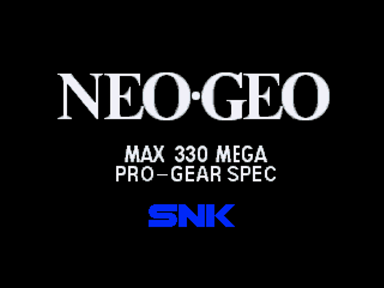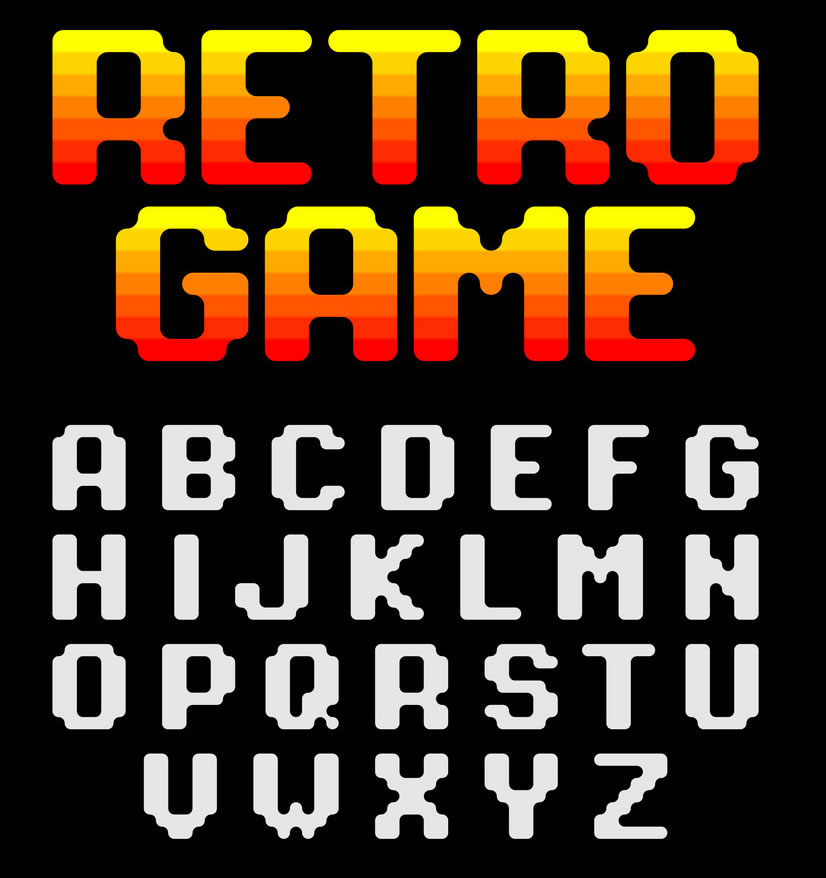
Typography plays a crucial role in the design of video games, as it not only communicates information but also enhances the overall gaming experience. The right choice of fonts and typographic elements can convey the game’s theme, set the mood, and provide clarity and readability to the players. This article delves into the fascinating world of typography design for video games, exploring the importance of typography, key considerations, and tips for creating visually appealing and immersive gaming experiences.

The Importance of Typography in Video Games:
Typography serves multiple purposes in video games beyond simply displaying text. It helps establish the game’s visual identity, create a consistent and immersive atmosphere, and guide players through the narrative. Well-designed typography can evoke emotions, enhance storytelling, and improve user engagement.
Considerations for Typography Design in Video Games:
- Legibility and Readability: In the fast-paced and dynamic environment of video games, it is crucial to ensure that the text is easily readable. Choosing fonts with clear letterforms, appropriate spacing, and suitable sizes is essential to prevent eye strain and ensure that players can quickly absorb information without distractions.
- Visual Consistency: Consistency in typography throughout the game creates a cohesive visual language. Selecting a font system that complements the game’s art style, genre, and overall theme is vital. Consistent typographic elements across menus, dialogues, subtitles, and HUD (heads-up display) elements contribute to a polished and professional game design.
- Theme and Atmosphere: Typography can convey a game’s genre, era, or setting. The choice of fonts, letterforms, and decorative elements should align with the game’s theme to enhance immersion. For example, a fantasy RPG might benefit from ornate, medieval-inspired typefaces, while a futuristic shooter may require sleek, tech-inspired fonts.
- Hierarchy and Information Hierarchy: Proper typographic hierarchy helps guide players’ attention, prioritize information, and convey the game’s structure. Differentiating between headings, subheadings, and body text through font weight, size, or color can aid in organizing and presenting information effectively.
Tips for Designing Typography in Video Games:
- Font Selection: Choose fonts that are not only visually appealing but also have proper licensing for commercial use in video games. Consider font legibility, readability, and whether the fonts will scale well across various screen sizes and resolutions.
- Custom Typography: Creating custom typefaces tailored to the game’s unique style can add an extra layer of authenticity and exclusivity. Collaborating with professional type designers or learning the basics of font design can result in truly unique and immersive gaming experiences.
- Motion and Animation: Typography in video games is not static; it can be animated, dynamic, and responsive to player interactions. Experiment with motion effects, transitions, and subtle animations to give the typography a sense of life and dynamism.
- Localization and Internationalization: If the game targets a global audience, consider the challenges of localization. Fonts should support a wide range of languages, character sets, and diacritical marks to ensure readability and inclusivity across different cultures.
Conclusion:
Typography design in video games is an art form that goes beyond conveying information. It shapes the game’s visual identity, enhances immersion, and improves the overall gaming experience. By considering legibility, consistency, theme, hierarchy, and customization, game developers can create visually captivating and immersive typography that truly resonates with players. As the gaming industry continues to evolve, typography will remain a critical element in capturing players’ attention and delivering memorable gaming experiences.
